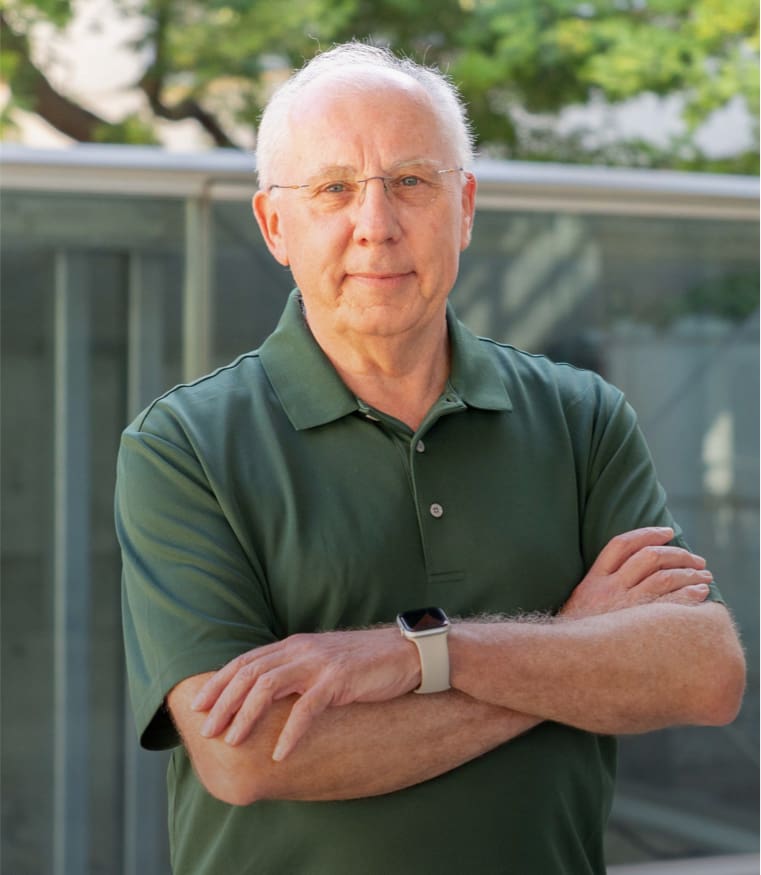Insights into the Interfacial Charge Transfer Dynamics in Semiconductor-Molecular Catalyst Assemblies for Photo-induced CO2 Reduction
This mini-review summarises examples of photo and photoelectrochemical CO2 reduction reactions (CO2RR) using semiconductor-molecular catalyst-based hybrid assemblies in which studies of charge transfer dynamics were also performed. In these catalysts, the grand challenges are controlling ultra-fast one-electron charge separation and simultaneously governing its impact on the efficiency and product selectivity in the multielectron and multi-proton-assisted CO2RR. In practice, several unwanted electron recombination processes occur in the femtosecond to millisecond timescale range impacting the overall catalysis efficiency. Titanium di-oxide (TiO2) nanoparticle, mesoporous TiO2 film, copper indium sulphide (CuInS2) quantum dots were used as semiconductor materials, in turn rhenium (I) bipyridine, cobalt (II) terpyridine, cobaloxamine complex, and iron (III) porphyrins were investigated as molecular catalysts. The results of the charge transfer dynamic studies operating in such hybrid systems shed light on their charge accumulation processes, their rate constants for the intramolecular charge transfer processes and the decay lifetimes of the different excited state species that are produced. Moreover, a comprehensive understanding of the catalysts’ charge transfer dynamics is crucial to identifying detrimental charge recombination pathways. These undesired pathways can be used as rational basis for improving the design of future multi-redox-driven hybrid catalysts.

Chatterjee, T.; Domingo-Tafalla, B.; Ballester, P.; Palomares, E.
ChemElectroChem 2024,
DOI:
10.1002/celc.202300620
Associated ICIQ research group/s:
-
RESEARCH GROUP/S
Prof. Pau Ballester
-
RESEARCH GROUP/S
Prof. Emilio Palomares

Let's create a brighter future
Join our team to work with renowned researchers, tackle groundbreaking
projects and contribute to meaningful scientific advancements




















